An endangered species is any plant, animal, fungus, microbe, or other organism that faces the risk of extinction. The primary reasons species become endangered are habitat loss and genetic variation loss.
Natural Causes of Habitat Loss: Habitat loss can occur naturally over time. For example, dinosaurs lost their habitat approximately 66 million years ago. The warm, dry climate of the Cretaceous period underwent a sudden transformation, likely due to an asteroid impact. This event launched debris into the atmosphere, reducing heat and sunlight reaching Earth’s surface. As a result, dinosaurs were unable to adapt to the cooler environment and eventually became extinct.
Human-Caused Habitat Destruction: Human activities have significantly contributed to habitat loss through urbanization, industrial expansion, and agriculture.
Direct Destruction: Land development often leads to the destruction of natural habitats. Over the last 50 years, nearly 20% of the Amazon rainforest has been cleared for human activities, particularly cattle ranching to meet the global demand for beef. When land is cleared, trees and vegetation are removed, directly eliminating habitats for countless species.
Indirect Impact on Species: The destruction of one species’ habitat can affect other species that depend on it. For example, in the Amazon rainforest, tree canopies provide shelter to plants, insects, birds, and mammals such as monkeys. When trees are cut down, entire ecosystems within the canopy are lost, reducing space for species to survive and reproduce.
Cultural and Ecological Importance of Trees: Some species hold cultural and religious significance. Strangler fig trees (Ficus species), found in rainforests worldwide, are considered sacred by indigenous groups, who have protected them for generations through taboos and restrictions. However, despite these efforts, developers often destroy fig trees to clear land for agriculture, particularly cattle ranching.
Invasive Species and Habitat Displacement: The introduction of invasive species can also lead to habitat loss. Invasive species are non-native organisms introduced into an ecosystem that cause harm to the environment and native species. Some species are accidentally introduced, such as animals transported through shipping containers, while others are deliberately brought in, such as exotic pets that are later released into the wild. Invasive species compete with native species for resources, often leading to the decline of native populations.
Impact on Large-Range Species: Habitat loss is especially harmful to species with large territorial ranges. Many animals, such as mountain lions (Puma concolor), require vast spaces to thrive. Male mountain lions can cover more than 260 square kilometers (100 square miles), while females range between 52 and 155 square kilometers (20 to 60 square miles). Historically, mountain lions roamed freely across North America. However, with the expansion of urban areas like Los Angeles, California, their natural habitat has been significantly reduced, limiting the number of mountain lions the environment can support.
Currently, despite habitat threats, mountain lions in California are not classified as endangered. This is because there is still sufficient wilderness to support their population. However, this may change as wildfires continue to reduce their habitat. While wildfires are a natural part of California’s ecosystem, climate change has led to drier conditions, increasing the frequency and intensity of fires.
Increased Human-Wildlife Encounters: As human development expands into wilderness areas, interactions between people and wildlife become more common. Animals such as mountain lions, polar bears (Ursus maritimus), and alligators (Alligator mississippiensis and Alligator sinensis) often find themselves in close proximity to humans as their habitats shrink due to urbanization, agriculture, and industrial growth. These encounters are usually more dangerous for the animals, as they may be hunted, accidentally killed, or displaced. For example, mountain lions in California face fragmentation of their habitat due to highways, which isolate populations and increase the likelihood of road accidents, further threatening their survival.
Climate Change and Habitat Destruction: Climate change is another major driver of habitat loss. It refers to long-term changes in Earth’s weather patterns, largely influenced by human activities since the 19th century. The burning of fossil fuels like coal, oil, and gas releases carbon dioxide into the atmosphere, trapping heat and altering global climate conditions. As a result, many species struggle to adapt to their rapidly changing environments.
Polar bears, for example, have lost large portions of their habitat as Arctic ice continues to melt. Similarly, the golden toad (Incilius periglenes) of Costa Rica went extinct due to declining rainfall, which altered its environment beyond its ability to adapt.
Loss of Genetic Variation: Genetic variation refers to the diversity of traits within a species, such as different hair colors in humans. A species with high genetic variation is more likely to adapt to environmental changes. Larger populations typically have greater genetic diversity, which strengthens their ability to resist diseases and survive in changing conditions.
Effects of Inbreeding on Species Survival: Inbreeding occurs when closely related individuals reproduce, leading to a lack of genetic diversity. This makes species more vulnerable to diseases and environmental changes. Inbred populations often struggle with lower survival rates, as they lack the genetic variety needed to develop resistance to new threats.
Cheetahs (Acinonyx jubatus), for example, have very little genetic variation due to a historical population bottleneck. Around 12,000 years ago, a mass extinction event drastically reduced the number of large mammals, leading to prolonged inbreeding among cheetahs. As a result, modern cheetahs struggle to adapt to environmental changes and have difficulty breeding in captivity compared to other big cats, such as lions.
Human Impact on Genetic Diversity: Human activities also contribute to the loss of genetic variation in many species. Overfishing, for example, has drastically reduced fish populations, leaving fewer healthy adults to reproduce. The declining number of breeding pairs—unrelated individuals capable of producing strong offspring—leads to a genetic bottleneck, weakening the overall population.
Agriculture also plays a role in reducing genetic diversity through monoculture—the practice of growing a single crop over vast areas. While monoculture farming is cost-effective, it limits genetic diversity and makes crops more vulnerable to disease and climate changes. For instance, the Russet Burbank potato (Solanum tuberosum), widely cultivated in the United States, is grown as a single species for its long shelf life and market value. However, unlike the wild potato varieties found in the Andes Mountains, the Russet Burbank lacks genetic adaptability. Farmers must rely on fertilizers and pesticides to protect it from disease, as it lacks the natural resilience of genetically diverse crops.
Restoring Genetic Diversity in Crops: To counteract the loss of genetic variation in domesticated plants, plant breeders often turn to wild plant species. By incorporating genes from wild relatives, they enhance cultivated crops’ resistance to diseases, pests, and drought. This process helps crops adapt to environmental challenges, including climate change. However, the same climate change that threatens agriculture also endangers wild plant varieties by destroying their natural habitats. As a result, the genetic resources essential for developing resilient crops may become increasingly scarce.
The IUCN Red List: The International Union for Conservation of Nature (IUCN) maintains the Red List of Threatened Species, a global assessment that categorizes species based on their risk of extinction. The Red List identifies the severity and causes of species decline, assigning them to one of nine categories:
- Least Concern – Species with stable and abundant populations.
- Near Threatened – Species that may soon qualify for a threatened category.
- Vulnerable – Species facing a high risk of extinction.
- Endangered – Species facing a very high risk of extinction.
- Critically Endangered – Species at extremely high risk of extinction.
- Extinct in the Wild – Species that only survive in captivity or controlled environments.
- Extinct – Species that no longer exist.
- Data Deficient – Species lacking sufficient research to determine their status.
- Not Evaluated – Species that have not been assessed.
The first two categories represent species that are not at immediate risk. The next three, known as the threatened categories, include species that are increasingly at risk of extinction. The final two categories classify species that are already extinct or survive only under human care.
Challenges of the Red List: While the Red List is a critical conservation tool, it has some limitations. For example, some experts argue that the “Extinct in the Wild” category should not be grouped with “Extinct” but rather with the threatened categories. Many species classified as “Extinct in the Wild” are thriving in captivity, and ongoing efforts aim to reintroduce them into their natural environments.
Additionally, species classified as “Data Deficient” may be more endangered than their status suggests. Research indicates that many of these species are likely close to extinction, but because they are not officially categorized as threatened, they are often excluded from conservation laws and protection efforts.
Categories of Species Based on Conservation Status
Least Concern: Species classified as Least Concern have widespread and stable populations. Examples include:
- Arctic fox (Vulpes lagopus)
- Harbor seal (Phoca vitulina)
- Brown bear (Ursus arctos)
Near Threatened: Species classified as Near Threatened are not yet endangered but may soon be at risk. One example is the American bison (Bison bison).
Once on the brink of extinction due to excessive hunting in the 19th century, American bison populations have rebounded due to conservation efforts, particularly those led by indigenous groups like the Eastern Shoshone. The tribe has worked to protect and restore bison populations on reserved lands. Despite these efforts, bison remain in the Near Threatened category because much of their original habitat has been converted into farmland, limiting their ability to expand naturally.
Vulnerable Species: The threatened categories (Vulnerable, Endangered, and Critically Endangered) are based on five key factors:
- Population Reduction Rate – How quickly a species’ population is declining.
- Geographic Range – The total area where a species exists.
- Population Size – The total number of mature individuals.
- Population Restrictions – Any limitations preventing the species from growing.
- Probability of Extinction – The likelihood of the species becoming extinct in the wild.
As a species’ population and habitat shrink, its risk of extinction increases, pushing it further into the threatened categories. Conservation efforts are essential to prevent species from moving toward extinction and to protect the biodiversity necessary for healthy ecosystems.
Criteria for Classifying Vulnerable Species: A species is classified as vulnerable if it meets specific criteria related to population decline, habitat size, and extinction risk. These criteria help scientists assess the level of threat a species faces and guide conservation efforts.
1) Population Reduction Rate: A species is considered vulnerable if its population has declined by 30 to 50 percent over a period of 10 years or three generations, whichever is longer.
- Short-lived species, such as mice, have quick reproductive cycles. Since mice can reproduce in just six weeks, their populations are typically monitored over a 10-year period.
- Long-lived species, like the Asian elephant (Elephas maximus), have much longer generations, around 14 years. Their population trends are measured over 45 years to accurately assess their vulnerability.
2) Geographic Range:A species is classified as vulnerable based on two measures of habitat size:
- Extent of occurrence – If the total area where a species exists is less than 20,000 square kilometers (7,722 square miles), it is considered vulnerable. This area includes all locations where the species can potentially live.
- Area of occupancy – If a species’ breeding or nesting sites are confined to an area smaller than 2,000 square kilometers (772 square miles), it is also considered vulnerable.
3) Population Size: A species is categorized as vulnerable if there are fewer than 10,000 mature individuals in the wild. It can also be considered vulnerable if its population declines by at least 10 percent over 10 years or three generations, whichever is longer.
4) Population Restrictions:A species is classified as vulnerable if its entire population is restricted to fewer than 1,000 mature individuals. This makes the species particularly susceptible to extinction due to habitat destruction, disease, or environmental changes.
5) Probability of Extinction: For a species to be considered vulnerable, it must have a minimum 10 percent chance of extinction in the wild within the next 100 years.
Examples of Vulnerable Species
Ethiopian Banana Frog (Afrixalus enseticola): The Ethiopian banana frog is a small amphibian native to high-altitude forests in southern Ethiopia. It is considered vulnerable because its forest habitat is rapidly declining. The main threats include deforestation for housing and agriculture, which reduces the frog’s living space and disrupts its breeding sites.
Tahiti Reed-warbler (Acrocephalus caffer): The Tahiti reed-warbler is a songbird found only on the island of Tahiti in the Pacific Ocean. It is classified as vulnerable due to its small population and restricted habitat, which covers an area of less than 500 square kilometers (193 square miles).
This species is further endangered by human activity.
- The construction of an electricity plant in its bamboo forest habitat introduced roads and pathways that disturbed the birds.
- An invasive plant species, Miconia, has spread across the island, overtaking native bamboo forests and reducing the reed-warbler’s nesting areas.
The combination of habitat loss and environmental changes continues to threaten the survival of these species, highlighting the urgent need for conservation efforts.
Endangered Species
A species is classified as endangered when it meets specific criteria related to population decline, habitat range, and extinction risk. Endangered species face a high risk of extinction in the near future.
1) Population Reduction Rate
A species is considered endangered if its population declines by 50 to 70 percent over 10 years or three generations, whichever is longer.
- If the population has declined by at least 70 percent and the cause of the decline is known, the species is considered endangered.
- If the population has declined by at least 50 percent and the cause of the decline is unknown, the species is also classified as endangered.
2) Geographic Range
An endangered species is one with a limited habitat range:
- Extent of occurrence – Less than 5,000 square kilometers (1,930 square miles).
- Area of occupancy – Less than 500 square kilometers (193 square miles).
3) Population Size
A species is considered endangered when there are fewer than 2,500 mature individuals remaining.
Additionally, if a species’ population declines by at least 20 percent within five years or two generations, it is also classified as endangered.
4) Population Restrictions
A species is classified as endangered if its total population is restricted to fewer than 250 mature individuals. In this case, the area of occupancy is not considered, as such a small population is inherently vulnerable.
5) Probability of Extinction
An endangered species has at least a 20 percent chance of extinction in the wild within 20 years or five generations, whichever is longer.
Examples of Endangered Species
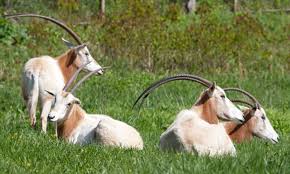
Scimitar-horned Oryx (Oryx dammah): The scimitar-horned oryx is a species of antelope with distinctive long, curved horns that was once widespread across North Africa.
- Due to overhunting (for meat and leather) and habitat destruction (for livestock grazing), the species became extinct in the wild.
- However, some populations remained in animal reserves.
- In 2016, conservationists reintroduced a herd into the wild, and research has shown that these oryxes are successfully surviving without human intervention.
Although the population remains small, its growth has been steady enough to reclassify the scimitar-horned oryx from extinct in the wild to endangered.
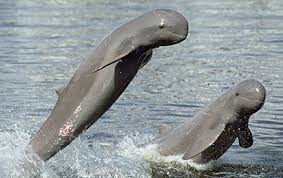
Indus River Dolphin (Platanista minor): The Indus River dolphin is a freshwater dolphin that inhabits the upper Indus River in Pakistan.
- Due to the murky waters of its habitat, this dolphin has poor eyesight and relies on echolocation to navigate and catch food.
- Human development has fragmented its river habitat, significantly impacting its survival.
- Pakistan has built dams in the Indus River to irrigate farmland, reducing water levels and isolating dolphin populations. This has made it difficult for them to mate, causing their population to decline.
As climate change leads to more frequent droughts, Pakistan is likely to build more irrigation dams to support agriculture. If this happens, the Indus River dolphin could face an even greater risk of extinction.
Examples of Critically Endangered Species

Axolotl (Ambystoma mexicanum): The axolotl, also known as the Mexican walking fish, is an amphibian that remains in its larval stage throughout its life.
- Native to lakes in Mexico, the axolotl is critically endangered due to urbanization and pollution.
- The draining of Lake Xochimilco, once a key habitat, has significantly reduced their numbers.
- Invasive fish species introduced into their habitat have also contributed to their decline by eating axolotl eggs and competing for food.
- While axolotls are common in captivity, wild populations are declining rapidly.
Vaquita (Phocoena sinus): The vaquita is a small porpoise species found only in the northern part of the Gulf of California, Mexico.
- It is one of the rarest marine mammals, with fewer than 20 individuals remaining in the wild.
- The primary threat to the vaquita is accidental entanglement in fishing nets, particularly those used for catching totoaba fish.
- Conservation efforts, including banning gillnets, have been implemented, but illegal fishing continues to threaten the species.
Javan Rhino (Rhinoceros sondaicus): The Javan rhino is one of the rarest large mammals in the world, with fewer than 80 individuals remaining in Ujung Kulon National Park, Indonesia.
- It once roamed across Southeast Asia, but habitat destruction and poaching for its horn have led to a drastic decline.
- The entire population is now restricted to a single protected area, making it extremely vulnerable to natural disasters and disease outbreaks.
Pygmy Three-Toed Sloth (Bradypus pygmaeus):The pygmy three-toed sloth is an arboreal mammal found only on Isla Escudo de Veraguas, Panama.
- It is one of the smallest sloth species, with an estimated population of fewer than 100 individuals.
- Habitat destruction due to deforestation and human activity has contributed to its decline.
Saola (Pseudoryx nghetinhensis): Known as the “Asian unicorn,” the saola is a rare species of antelope native to the Annamite Mountains on the border of Vietnam and Laos.
- Saolas were only discovered in 1992, and they remain one of the least studied large mammals.
- Their population is estimated to be fewer than 100 individuals.
- Habitat destruction due to illegal logging and hunting has pushed them to the brink of extinction.
Importance of Protecting Critically Endangered Species
Conservation efforts for critically endangered species include:
- Protecting habitats through national parks and wildlife reserves.
- Banning hunting and poaching through strict laws and enforcement.
- Breeding programs in captivity to increase population numbers.
- Community involvement to prevent habitat destruction and raise awareness.
Without immediate intervention, critically endangered species face imminent extinction, making conservation efforts essential to their survival.

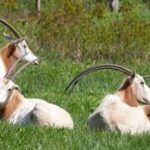
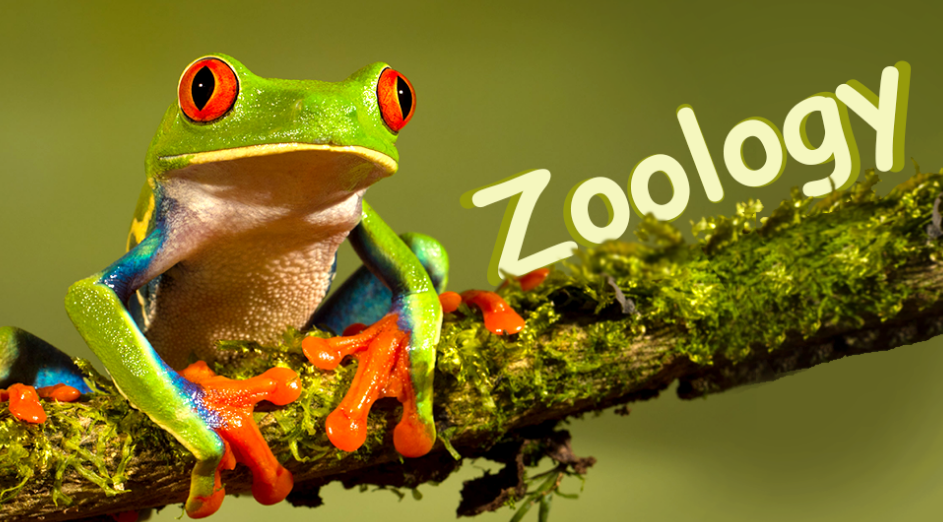
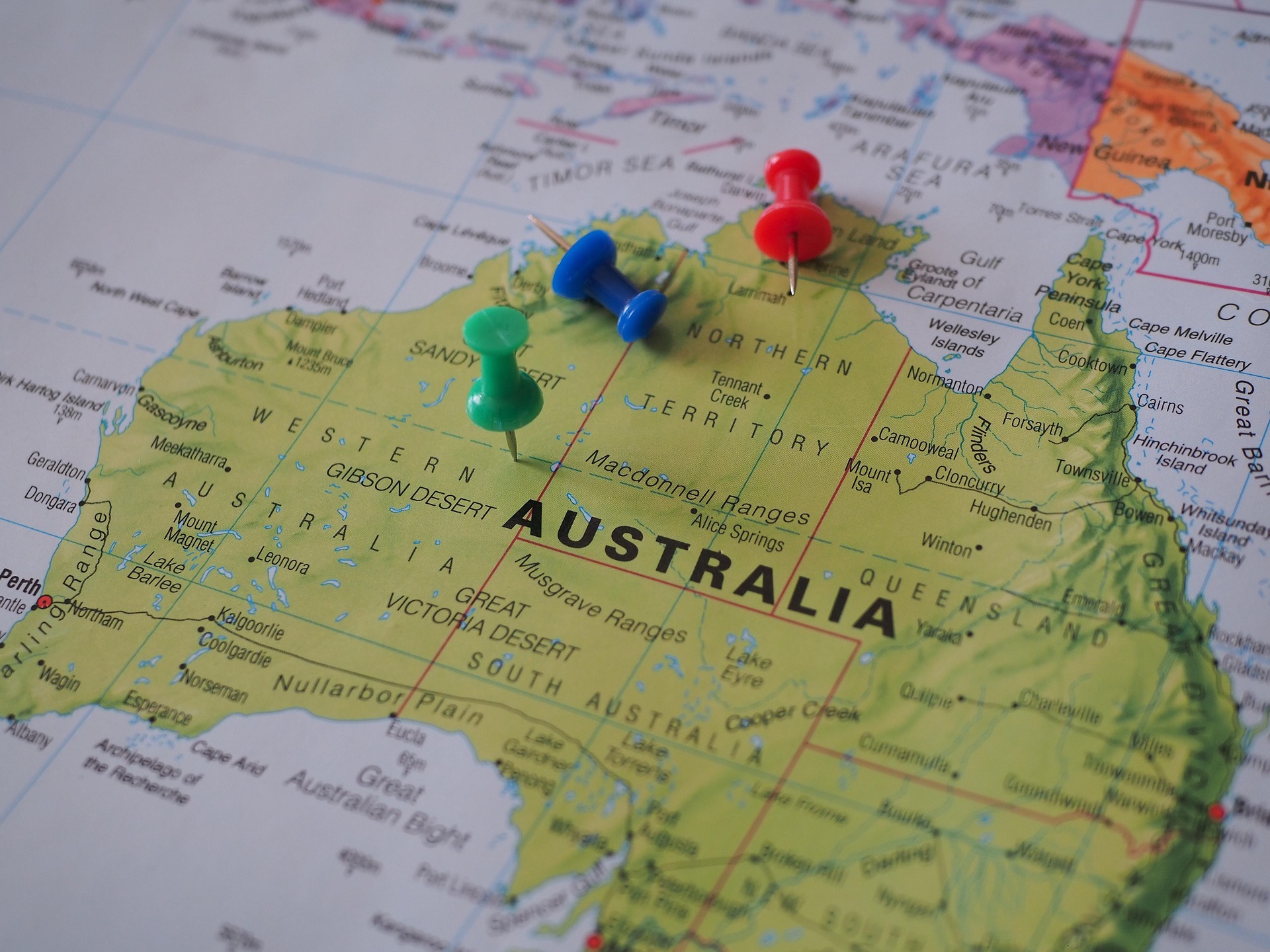
Good